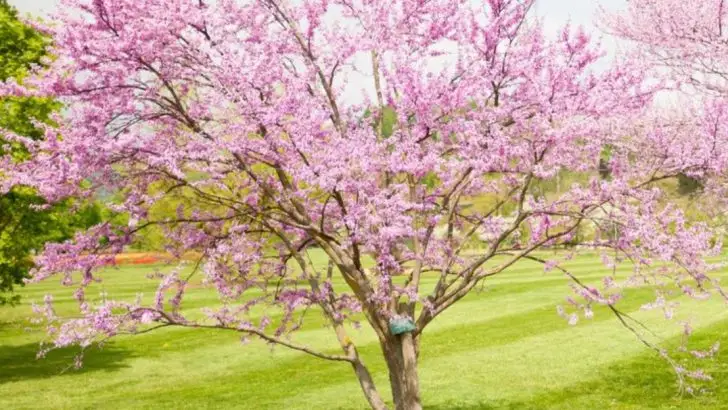Transplanting trees can be a delicate process, and choosing the right season is key to ensuring their survival and long-term health. While some trees handle a spring move with ease, others establish better roots when transplanted during the cooler fall months.
In this article, we explore 8 trees that transplant successfully in spring, along with 8 species that are better off waiting for a fall relocation. With the right timing and care, you can help your trees thrive and create a strong foundation for your landscape.
Plan smart, plant smart — and give your trees the best possible start in their new home!
Apple Tree
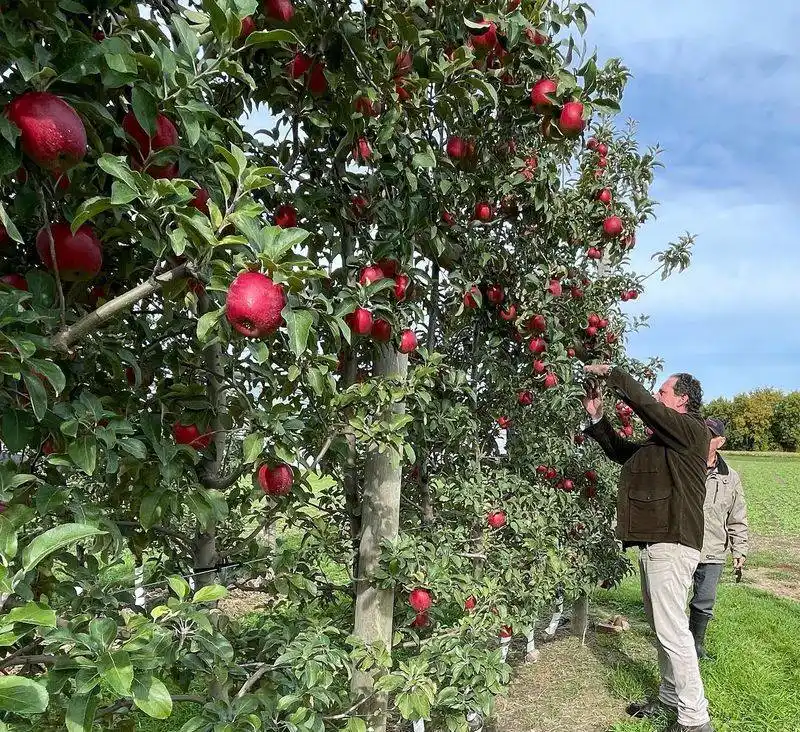
With its branches eagerly bursting with spring blossoms, the apple tree finds spring the perfect time for a new beginning. These trees thrive when given the warmth of the sun and the promise of fruit come autumn. Relocating them in spring allows for a full growing season to establish strong roots. They’re often seen in orchards, their pink and white flowers heralding the start of the season. Providing the right care, including proper watering and soil composition, can lead to a bountiful harvest. Moving them in spring gives ample time to adapt before bearing delicious fruit.
Maple Tree
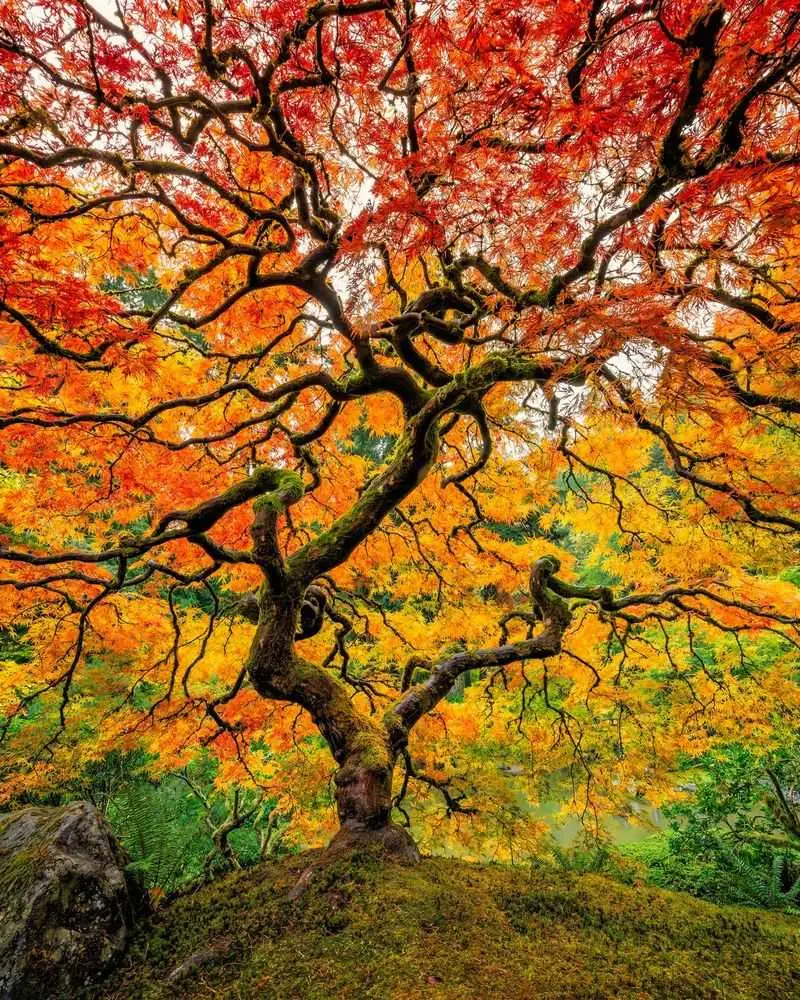
Maples embrace spring with their vibrant budding leaves, making it an ideal time for a move. Known for their spectacular fall foliage, starting anew in spring ensures sturdy growth and a colorful display later. These trees prefer well-drained soil and a location that allows for expansive growth. When transplanted in spring, they benefit from the entire growing season to establish themselves. They add elegance to landscapes, their leaves whispering tales of seasonal changes. Proper care in the transition period leads to a healthy, resilient tree that stands proudly in any garden.
Cherry Blossom Tree
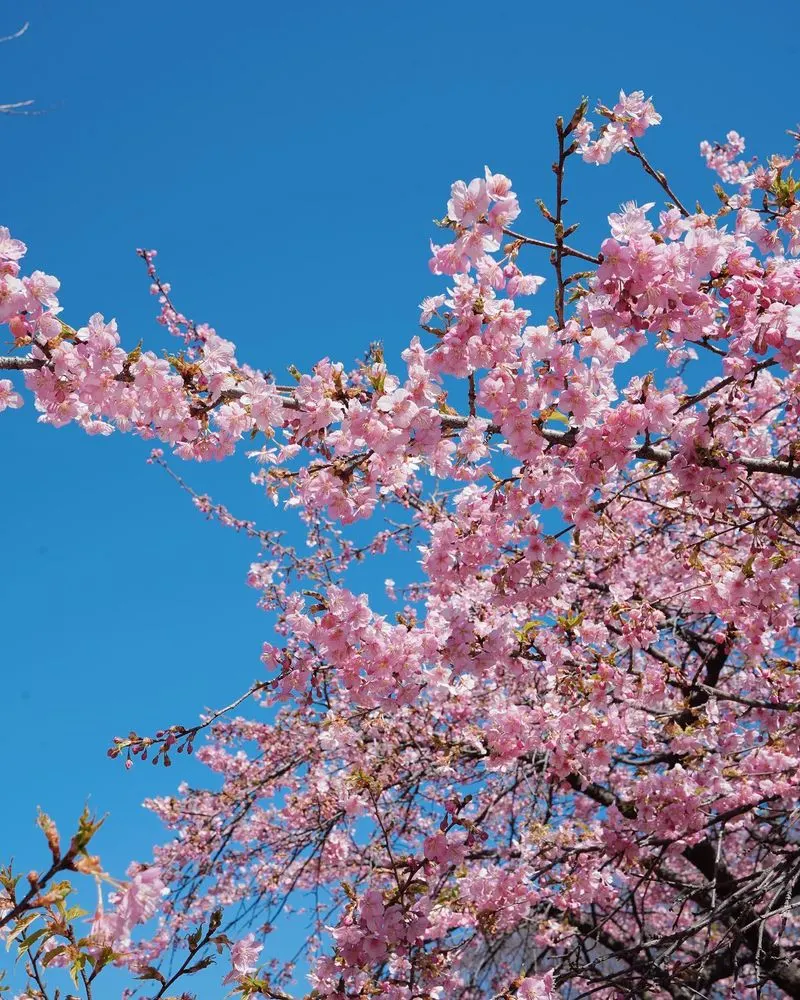
A symbol of beauty and the fleeting nature of life, cherry blossom trees thrive when transplanted in spring. Their delicate pink and white flowers create a stunning visual treat, drawing admirers to parks and gardens. By moving them in spring, you offer these trees a chance to establish themselves before the next blooming cycle. They require well-drained soil and a sunny location to flourish. As the blossoms fall, they leave behind a lush canopy of green, promising a delightful shade in summer. Their seasonal grace ensures they remain a cherished part of any landscape.
Dogwood Tree
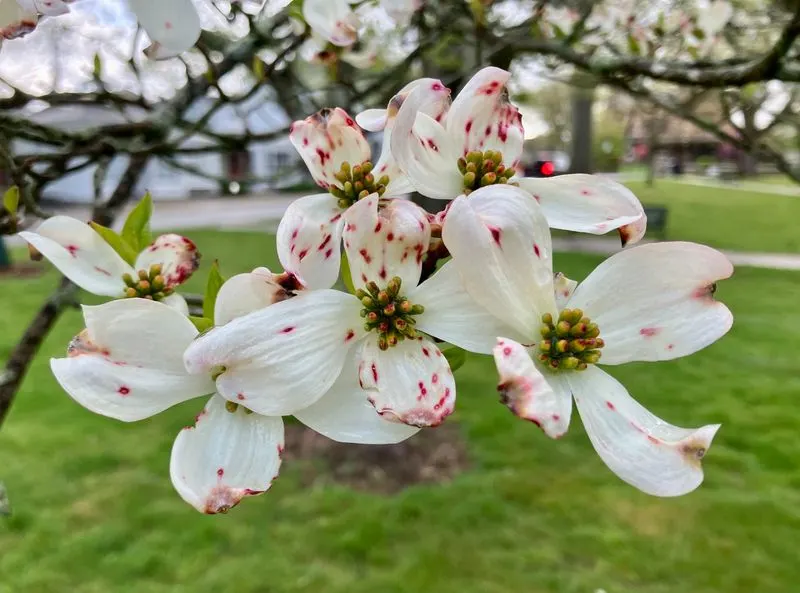
Dogwoods are known for their unique four-petal flowers and thrive when relocated in spring. This timing aligns with their natural growth cycle, allowing them to settle before the summer heat. Their flowers, often white or pink, add charm to gardens and are a favorite among birds and pollinators. They prefer partial shade and well-drained soil, making them versatile additions to various landscapes. Transplanting them in spring enhances their chances of survival and growth, rewarding gardeners with a robust, beautiful tree that attracts natural beauty throughout the year.
Birch Tree
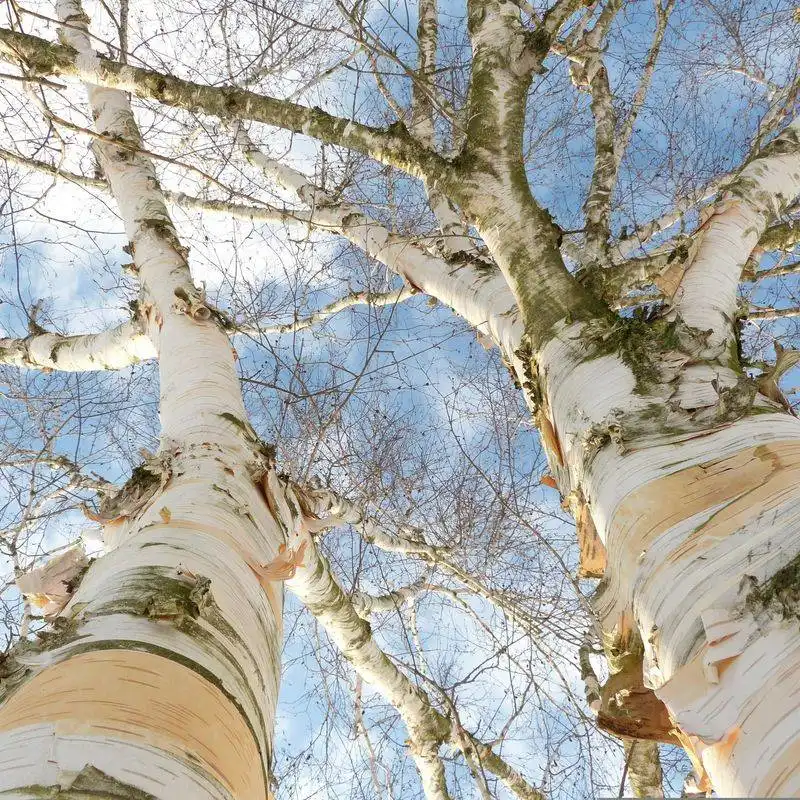
The birch tree, with its striking white bark and slender form, thrives in spring when the world begins to awaken. This season offers the perfect conditions for birch trees to establish their roots in a new location. They prefer cooler climates and moist, well-drained soil to truly flourish. Known for their resilience, birches provide a graceful touch to gardens and parks. Transplanting them in spring ensures a smooth transition and encourages healthy growth. Their whispering leaves and striking appearance make them a favorite in northern regions, adding elegance to any setting.
Magnolia Tree
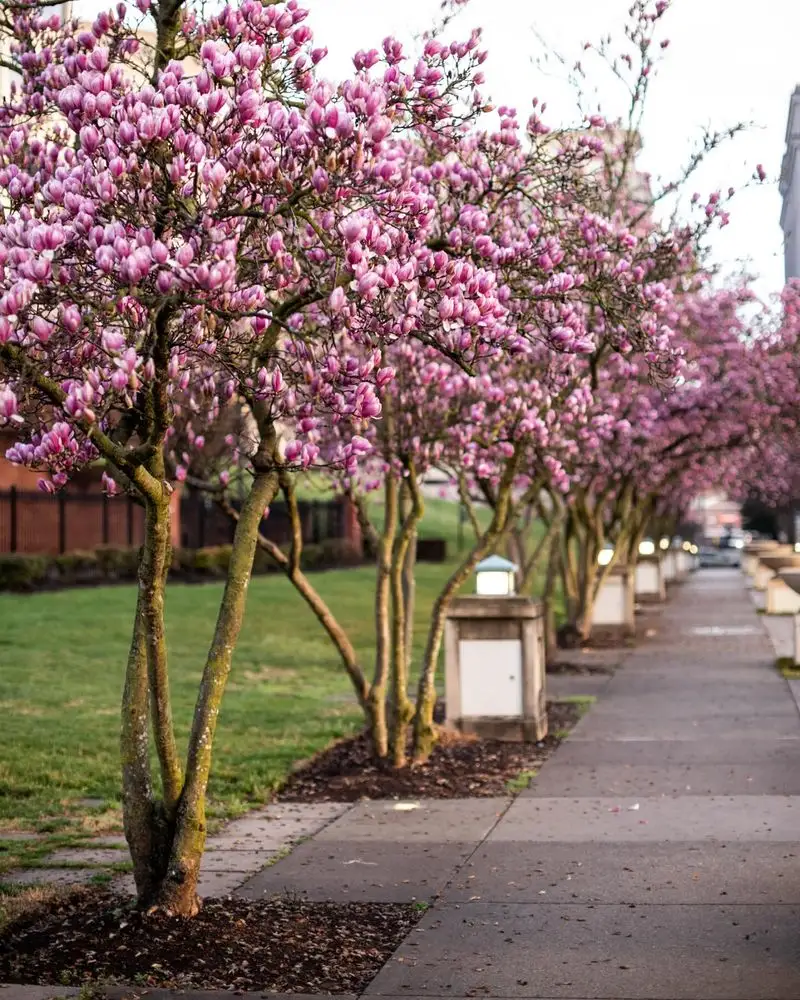
Magnolias dazzle in spring with their large, aromatic blossoms. Moving them during this time allows for optimal root establishment. These trees flourish in well-draining, slightly acidic soil, and appreciate full sun exposure. Their distinctive flowers, varying from white to pink, herald the arrival of spring with a fragrant display. By transplanting in spring, you ensure magnolias have the entire growing season to adjust and thrive. Their presence adds a touch of grandeur to any garden, and with the right care, they reward with a stunning floral display year after year.
Redbud Tree
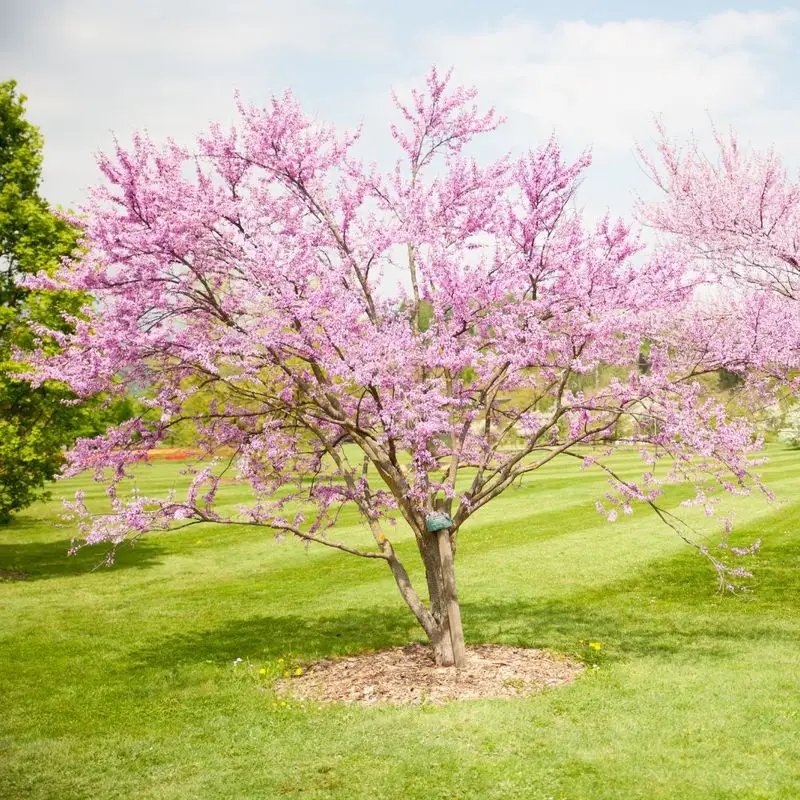
Redbuds announce spring with vivid pink flowers emerging directly from bare branches, creating a striking visual. They prosper when transplanted in spring, benefiting from the entire growing season. These trees prefer well-drained, moist soil and can tolerate a variety of light conditions. Moving them in spring enhances their chances of settling in and developing robust root systems. Known for their heart-shaped leaves and vibrant hue, redbuds are a cherished addition to landscapes. Their unique appearance and adaptability make them a popular choice for gardeners seeking visual interest.
Lilac Tree
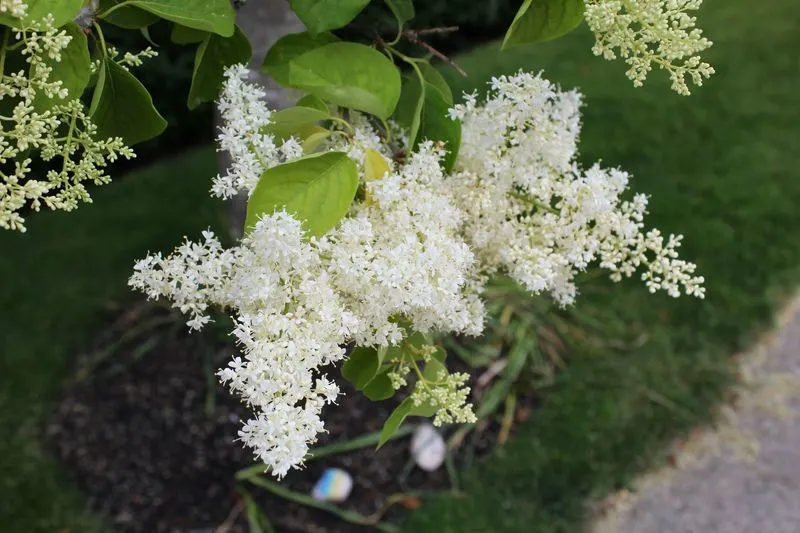
Lilac trees, with their intoxicating fragrance and clusters of purple flowers, find spring the ideal season for relocation. The timing supports their growth and flower production, providing a full season to settle and flourish. These trees prefer sunny spots with well-drained soil to reach their full glory. By moving them in spring, you ensure their roots have ample time to establish, leading to a more robust bloom. Lilacs are beloved for their aromatic flowers, often prompting nostalgia of gardens past. Their enchanting presence adds both beauty and fragrance to any garden setting.
Oak Tree
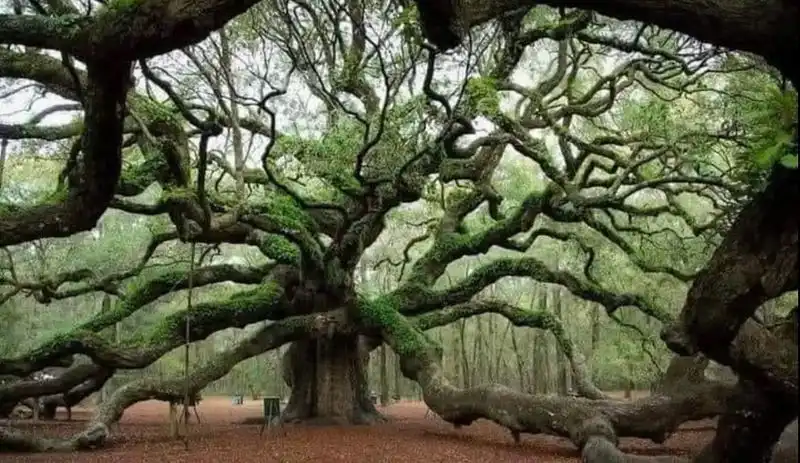
Oaks, with their majestic stature and sturdy limbs, find fall an ideal time for transplanting. The cooler temperatures and dormant phase reduce stress and encourage root growth. These trees prefer well-drained soil and ample space to flourish. When moved in fall, they benefit from the season’s mild weather, setting the stage for vigorous spring growth. Oaks are synonymous with strength and longevity, making them a timeless addition to landscapes. Their deep roots and broad canopy provide shade and shelter, enhancing the environment with their noble presence.
Elm Tree

Elms, with their graceful arching branches, thrive when moved in the fall. This timing coincides with their natural dormancy, allowing them to conserve energy while establishing roots. They prefer moist, well-drained soils and adapt well to urban environments. Transplanting in fall minimizes stress, setting the stage for energetic spring growth. Elms are valued for their stately appearance and resilience, often lining streets or enhancing parks. Their ability to withstand harsh conditions makes them a reliable choice for landscapes seeking both beauty and strength.
Beech Tree
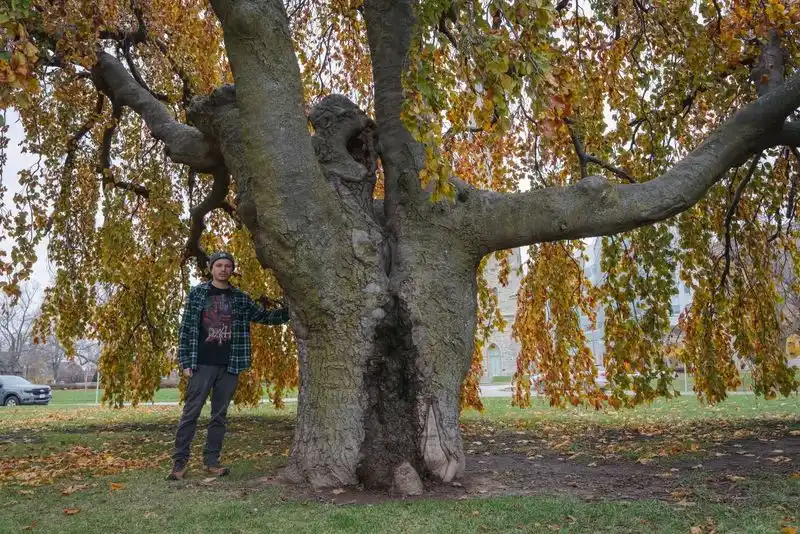
Beech trees, known for their smooth grey bark and vibrant fall foliage, prefer a fall transplant. The season’s cool climate aids in reducing transplant shock, allowing roots to establish over winter. These trees thrive in well-drained, rich soils and can grow in both sun and shade. By moving in fall, beech trees benefit from a dormancy period, preparing them for active spring growth. Their striking appearance and adaptability make them a favored choice among gardeners. With proper care, they stand as magnificent specimens, offering shade and beauty.
Gingko Tree
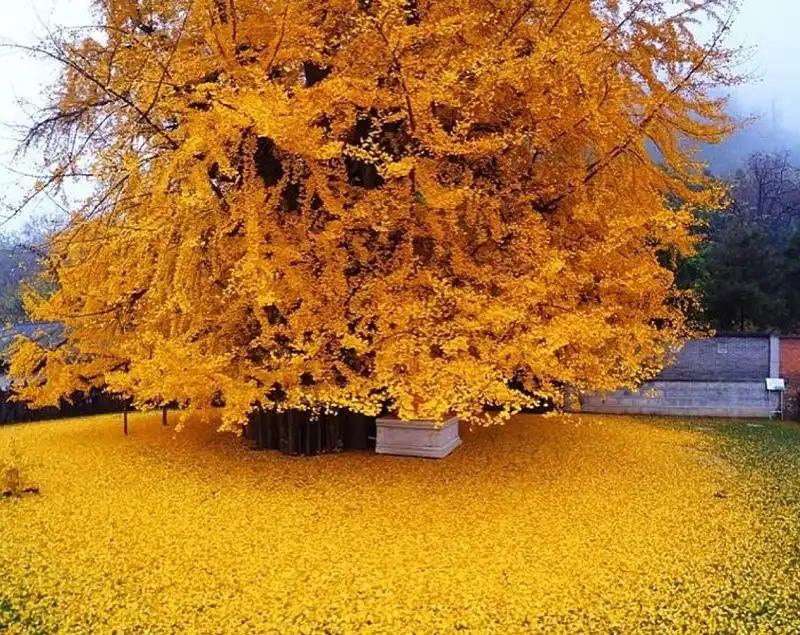
Gingkos, with their unique fan-shaped leaves, find fall the perfect time for a move. The gentle fall climate supports root establishment, readying the tree for spring vigor. These ancient trees prefer well-drained soil and full sun, making them versatile landscape choices. By transplanting in fall, gingkos encounter less stress and can take advantage of winter dormancy. Their distinctive foliage turns a brilliant gold in fall, adding a splash of color to gardens. Revered for their resilience and beauty, gingkos are a timeless addition to any green space.
Chestnut Tree
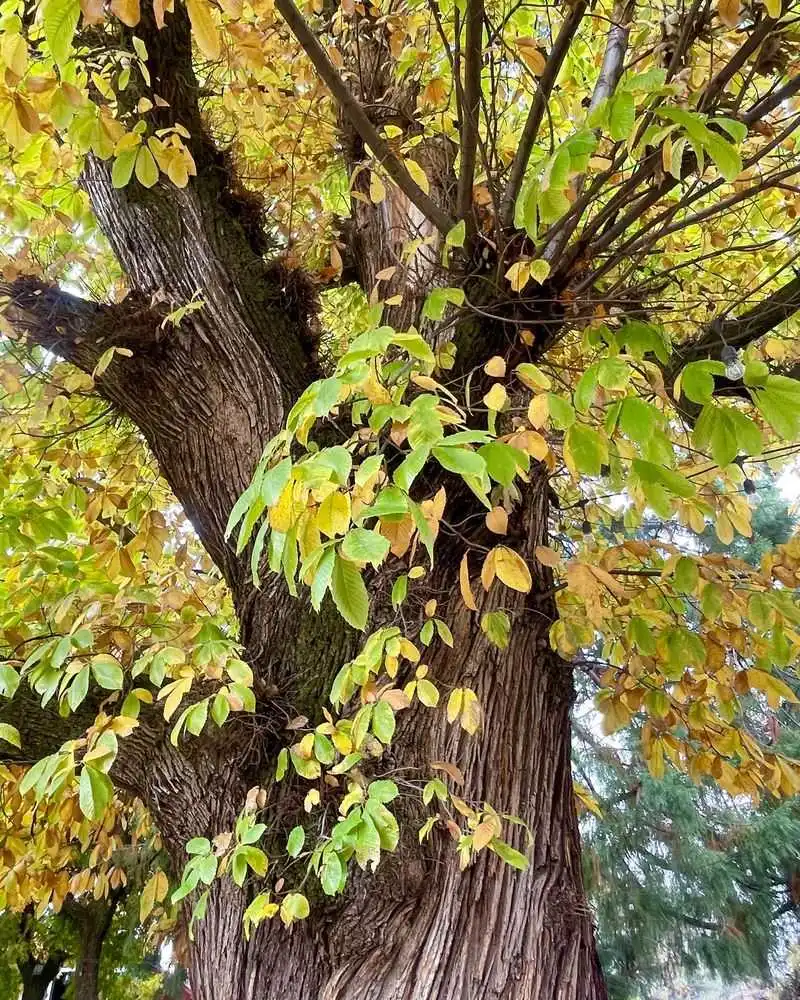
Chestnuts, with their broad leaves and generous shade, are best relocated in fall. The cooler temperatures help reduce transplant shock, allowing roots time to establish. These trees thrive in well-drained, loamy soil and prefer full sun exposure. Moving them in fall ensures they are ready to burst into life come spring. Known for producing edible nuts, chestnuts provide both beauty and bounty. Their presence in gardens offers shade and a haven for wildlife, making them a rewarding addition to any landscape. With care, they stand tall and productive for generations.
Hickory Tree
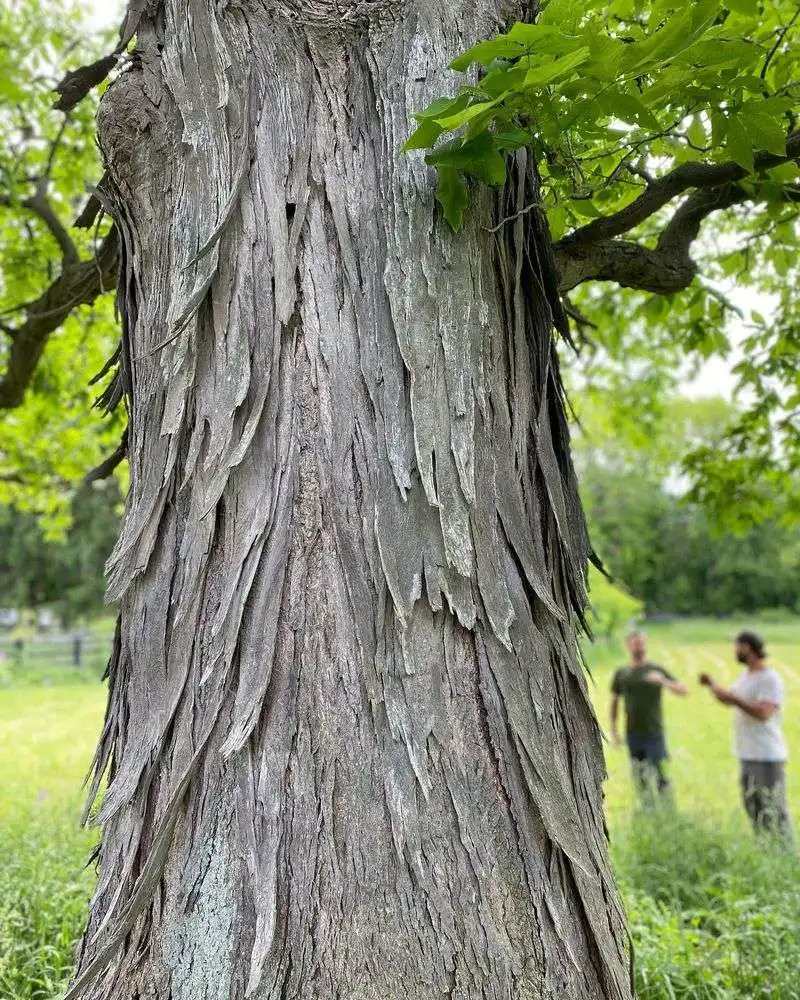
Hickories, with their sturdy trunks and rich foliage, flourish when moved in fall. The timing aligns with their dormancy, allowing for stress-free transplantation. Preferring well-drained soils and sunny locations, these trees can grow to impressive heights. Transplanting in fall provides the roots ample time to establish before spring growth. Known for their valuable wood and delicious nuts, hickories are both a practical and aesthetic choice for landscapes. Their golden fall leaves and robust nature make them a striking addition to any garden or wooded area.
Sycamore Tree
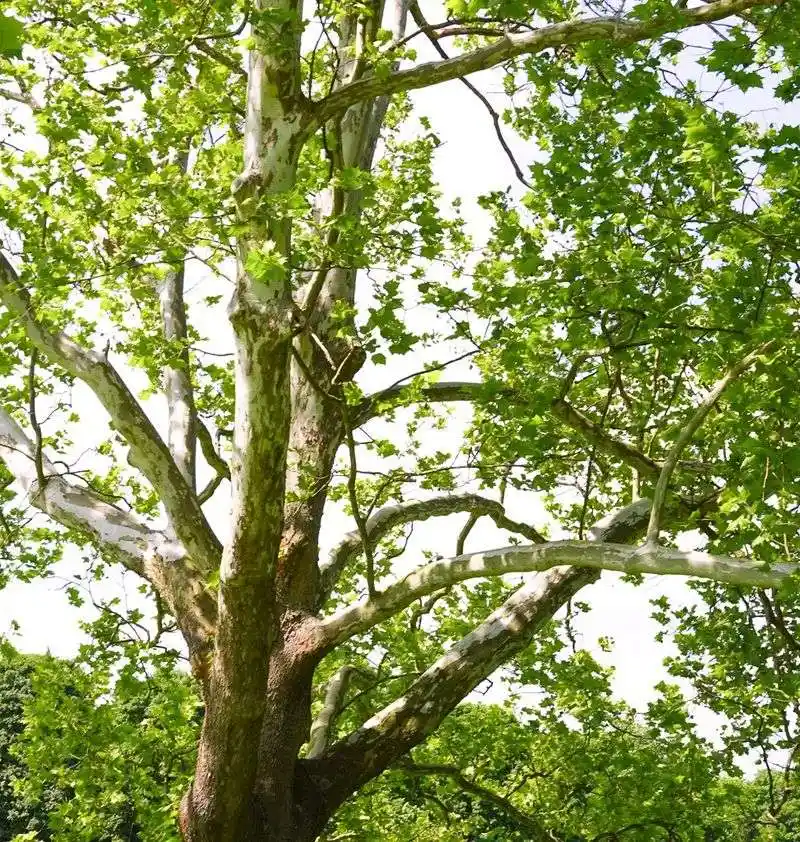
Sycamores, distinguished by their mottled bark and broad leaves, prefer a fall move. This timing allows them to settle during dormancy, minimizing stress and maximizing root development. They thrive in well-draining, moist soils and can accommodate a range of light conditions. Transplanting in fall sets them up for a vigorous growing season ahead. Sycamores are valued for their expansive canopies and distinctive appearance, offering shade and visual interest. Their adaptability and resilience make them a favored choice for both urban and rural landscapes.
Ash Tree
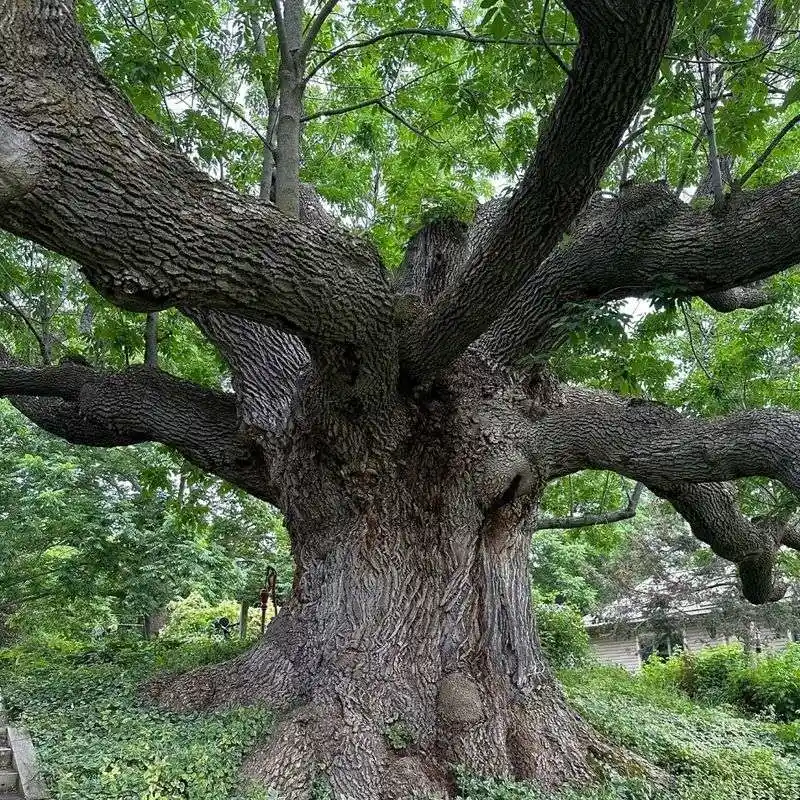
Ash trees, known for their elegant form and vibrant fall color, thrive with a fall transplant. The season’s cooler temperatures help reduce transplant shock, making fall ideal for relocation. They prefer moist, well-drained soils and ample sunlight to reach their full potential. Moving them in fall allows for root establishment during dormancy, setting the stage for robust spring growth. Ash trees provide both shade and beauty, with their golden leaves adding a burst of color to any landscape. Their strength and adaptability ensure they remain a popular choice for gardens and parks.

